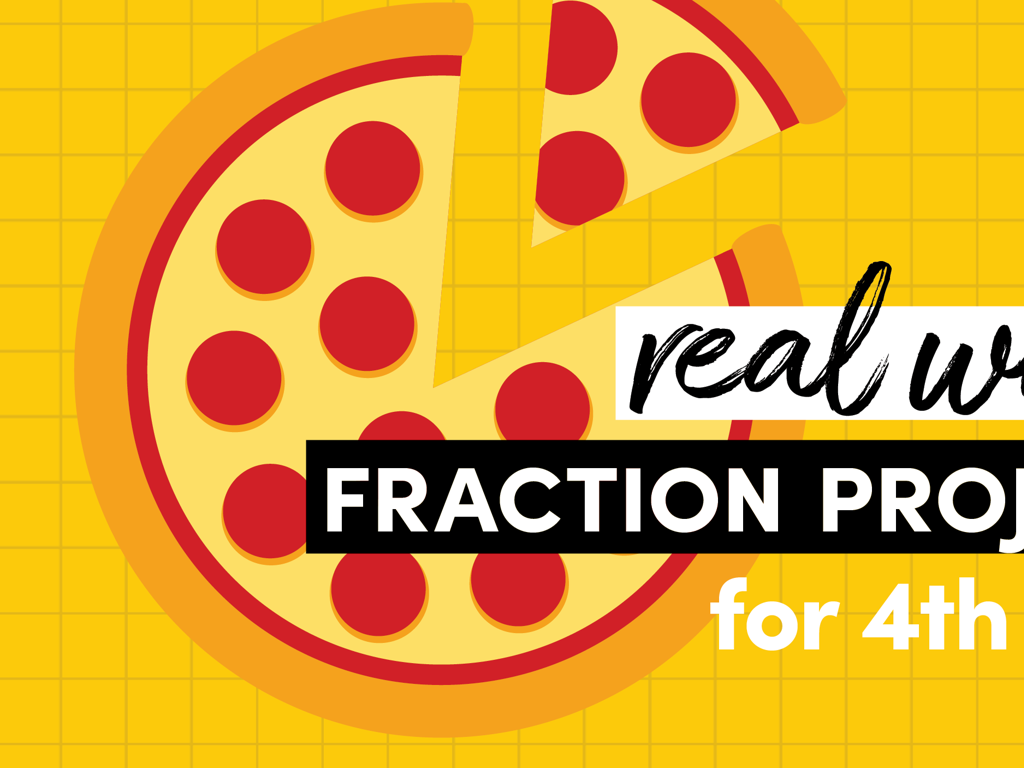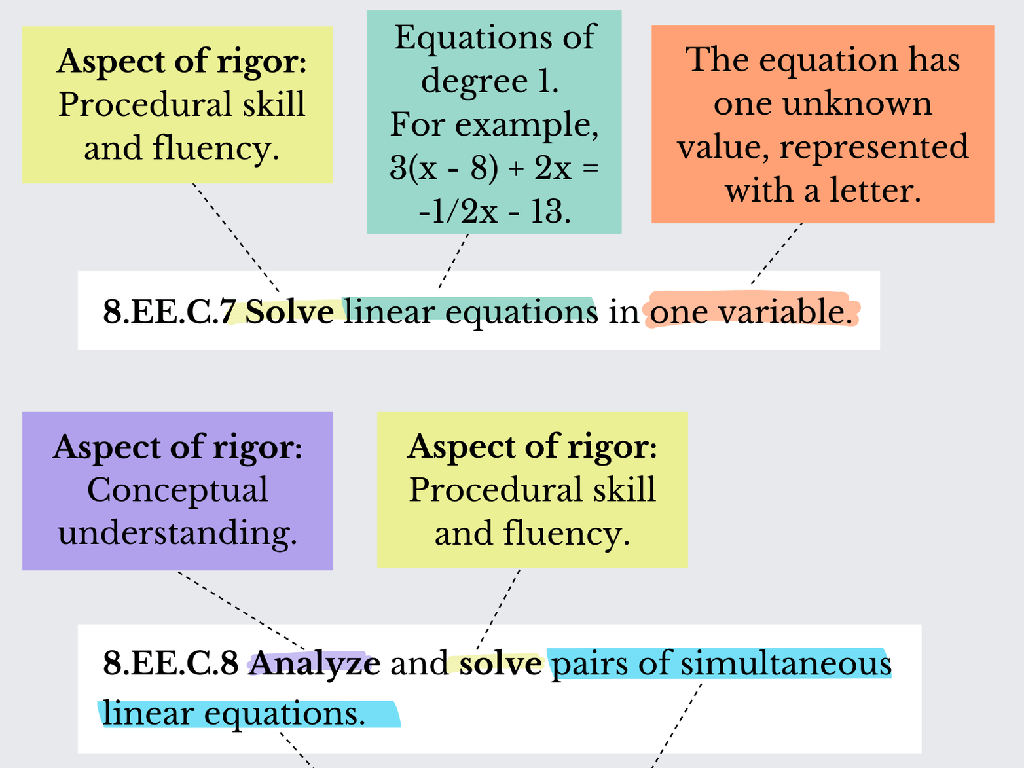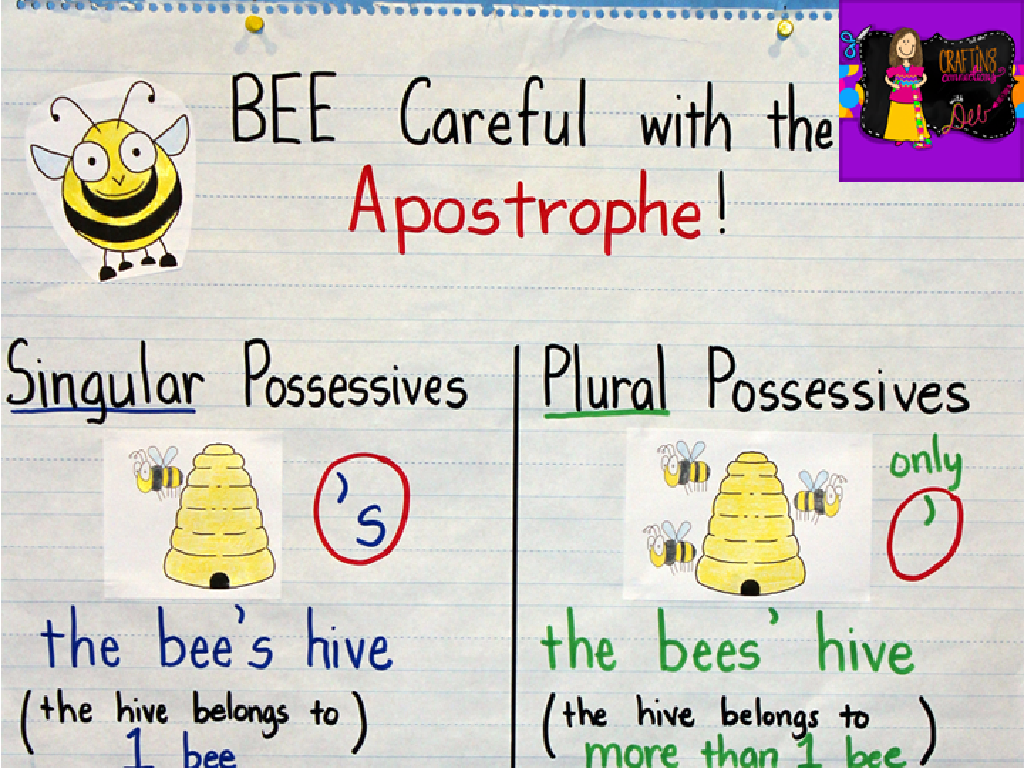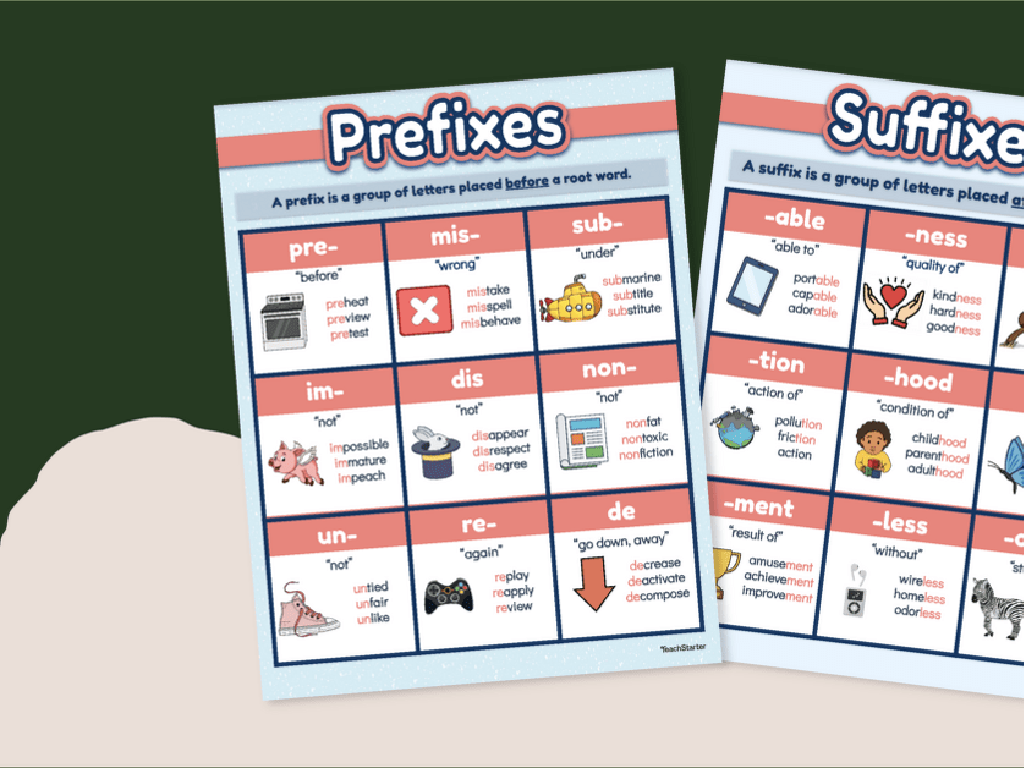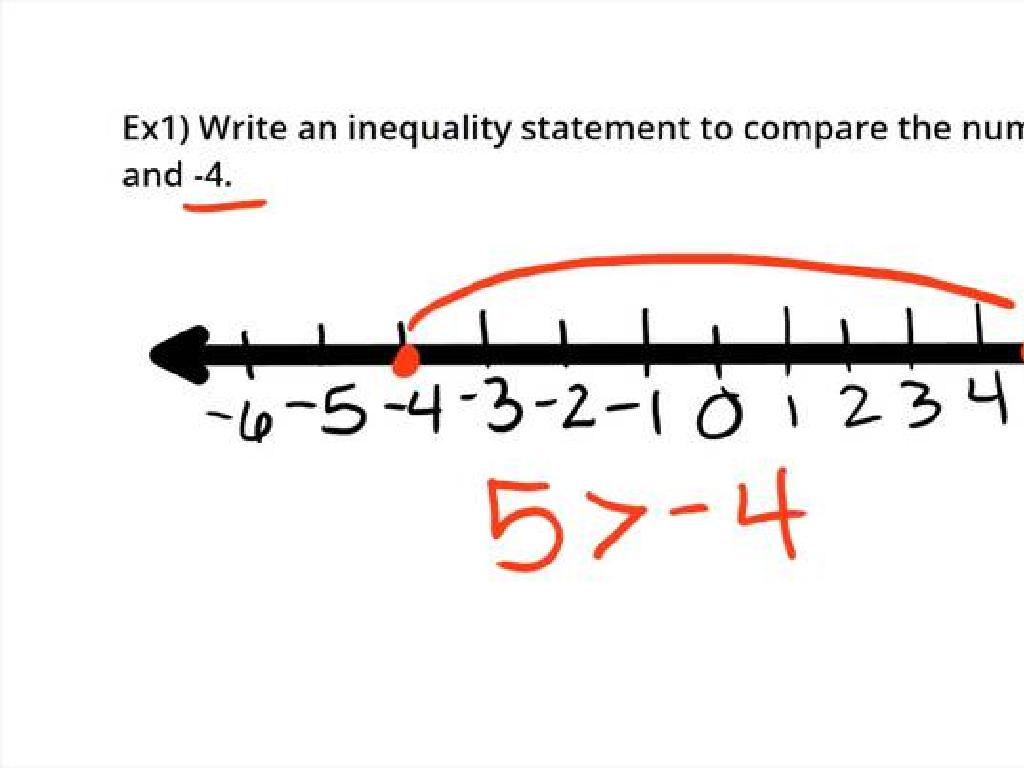Choose The Short U Or Long U Word That Matches The Picture
Subject: Language arts
Grade: Second grade
Topic: Short And Long Vowel Patterns
Please LOG IN to download the presentation. Access is available to registered users only.
View More Content
Exploring Short U and Long U Sounds
– Learn about short u and long u
– Short u as in ‘cup’, long u as in ‘flute’
– Vowel sounds help with reading
– Recognizing vowel sounds helps us read words correctly
– Vowel sounds improve spelling
– Knowing vowel sounds aids in spelling words accurately
– Practice with fun activities
|
This slide introduces the concept of short and long vowel sounds, specifically focusing on the letter ‘u’. Start by explaining the difference between short u (as in ‘cup’) and long u (as in ‘flute’). Emphasize how understanding these sounds can help students read new words and improve their spelling. Engage the class with interactive activities where they match words to pictures, ensuring they pronounce the words to identify the vowel sounds. Encourage students to listen carefully to the sounds in words and to practice with examples. Provide additional words for practice and consider using visual aids or props to reinforce learning.
Exploring Vowel Sounds: The Letter ‘U’
– Vowels: Special alphabet letters
– Short vs. long vowel sounds
– Short ‘u’ as in ‘cup’, long ‘u’ as in ‘unicorn’
– Today’s focus: Letter ‘U’
– Match ‘U’ sounds with pictures
– Find words with ‘u’ that describe the image
|
This slide introduces the concept of vowels to second-grade students, emphasizing the difference between short and long vowel sounds. The focus is on the letter ‘U’, and students will learn to distinguish between the two sounds it can make. For example, the short ‘u’ sound is found in words like ‘bug’ and ‘mud’, while the long ‘u’ sound is heard in words like ‘music’ and ‘human’. Use pictures as visual aids to help students connect words with the correct ‘u’ sound. Encourage them to practice by matching words to pictures in their homework or class activities. This will help reinforce their understanding of vowel sounds and improve their reading skills.
The Short U Sound
– ‘u’ as in ‘umbrella’
– The short u sound is similar to the first sound in ‘umbrella’.
– Sounds like ‘uh’
– It’s pronounced ‘uh’, like in ‘up’ and ‘under’.
– Practice saying ‘uh’
– Let’s say ‘uh’ together and practice the sound!
– Match ‘uh’ sound to pictures
– Find pictures that have the ‘uh’ sound in their names.
|
This slide introduces the short u sound to second graders, helping them recognize and pronounce it correctly. Start by explaining that the short u sound is like the ‘u’ in ‘umbrella’ and is pronounced ‘uh’. Engage the class by asking them to say ‘uh’ with you, turning it into a fun activity. Then, move on to matching the sound with pictures, which will help reinforce their understanding through visual association. For example, show pictures of a ‘pup’, ‘cup’, ‘sun’, and ‘mud’ and ask students to identify the short u sound in each word. This interactive approach will make the learning process enjoyable and memorable.
The Long U Sound
– ‘U’ as in ‘unicorn’
– Think of ‘u’ in ‘unicorn’, ‘music’, or ‘use’.
– Sounds like ‘yoo’ or ‘oo’
– It’s not ‘uh’, it’s a longer ‘yoo’ sound.
– Practice saying ‘yoo’
– We’ll say ‘yoo’ together as a class!
– Match long ‘u’ words with pictures
– We’ll look at pictures and choose the right word.
|
This slide introduces the long ‘u’ sound to second graders, helping them distinguish it from the short ‘u’ sound. Start by explaining that the long ‘u’ can have a ‘yoo’ sound, as in ‘unicorn’, or sometimes just ‘oo’, as in ‘moon’. Engage the class by practicing the sound together. Then, move on to an interactive activity where students match words with the long ‘u’ sound to pictures, reinforcing their understanding. Encourage them to think of other words they know with the long ‘u’ sound and share with the class. This will help them recognize the pattern in different words and contexts.
Matching Game: Short U or Long U?
– Observe each picture closely
– Decide if ‘u’ is short or long
– Think about the ‘u’ sound
– Is it ‘u’ as in ‘umbrella’ or ‘u’ as in ‘unicorn’?
– Match the sound to the picture
|
This slide is for a class activity where students will practice distinguishing between short u and long u sounds in words. Display pictures and have students think about whether the ‘u’ in the corresponding word makes a short sound (as in ‘cup’) or a long sound (as in ‘cube’). Encourage them to say the words out loud to hear the vowel sound clearly. For the activity, you can use images such as a duck (short u) and a flute (long u). Have a set of pictures ready for the class, and ensure each student has a chance to participate. This will help reinforce their understanding of vowel sounds and improve their phonetic skills.
Short U or Long U: Which One Is It?
– ‘Bug’ has which U sound?
– ‘Bug’ has a short U sound, like in ‘cup’
– ‘Tube’ has which U sound?
– ‘Tube’ has a long U sound, like in ‘flute’
– Sort words into Short U or Long U
– Practice with more examples
– Try ‘sun’ vs. ‘June’, and ‘duck’ vs. ‘mule’
|
This slide is designed to help students differentiate between short U and long U sounds in words. Start by asking students to identify the U sound in ‘bug’ and ‘tube’. Explain that short U sounds are found in words like ‘hug’, where the U sound is pronounced as in ‘up’, and long U sounds are in words like ‘music’, where the U sounds like ‘you’. Use visual aids like pictures or word cards to sort words into two columns for short U and long U. Encourage students to practice with additional examples and to listen carefully to the sounds they hear. This activity will enhance their phonemic awareness and reading skills.
Practice Time: Matching Sounds to Pictures
– Look at each picture carefully
– Decide if the word has a short u or long u
– Short u as in ‘cup’, long u as in ‘unicorn’
– Say the word out loud
– Practice pronouncing the word to hear the vowel sound
– Share your answer with the class
|
This slide is for an interactive class activity where students will apply their knowledge of short u and long u sounds. Display pictures one by one and ask students to identify the vowel sound in the corresponding word. Encourage them to say the word out loud to hear the vowel sound clearly. This will help them distinguish between short u (as in ‘bug’) and long u (as in ‘flute’). For example, show a picture of a duck and a picture of a mule, and have the students identify the short u in ‘duck’ and the long u in ‘mule’. Make sure to provide immediate feedback and praise their efforts to build confidence. This activity will reinforce their understanding of vowel sounds and improve their phonemic awareness.
Class Activity: Vowel Sound Hunt
– Explore the classroom for vowel sounds
– Find objects with short u or long u
– Look for ‘umbrella’ or ‘unicorn’ for long u sounds
– Team up and list your findings
– Share your discoveries with the class
– Discuss why you think the word has a short or long u
|
This interactive activity is designed to help students recognize and differentiate between short u and long u vowel sounds in a fun and engaging way. Have the students work in pairs to encourage collaboration. They should look for objects or pictures in the classroom that contain the short u sound as in ‘cup’ or the long u sound as in ‘flute’. After the hunt, each pair will write down the words they found and then share their list with the class, explaining their reasoning for the categorization of each word. This will help reinforce their understanding of vowel sounds and how they are used in different words. Provide guidance and support as needed, and ensure that each student has an opportunity to participate.
Mastering Short U and Long U Sounds
– Congratulations on learning short u and long u!
– Practice is key to perfection
– The more you practice, the better you’ll get
– Listen for u sounds in reading
– Can you hear the difference in ‘cut’ and ‘cute’?
– Keep up the great work!
|
This slide is meant to wrap up the lesson on short u and long u vowel sounds. Reinforce the idea that learning is a continuous process and practicing these sounds will help them become more familiar. Encourage the students to be active listeners and to try to identify the short u and long u sounds in words they come across in their daily reading, whether it’s during class or at home. Praise their efforts so far and motivate them to keep practicing. You can suggest that they read aloud to a friend or family member as a fun way to practice.

